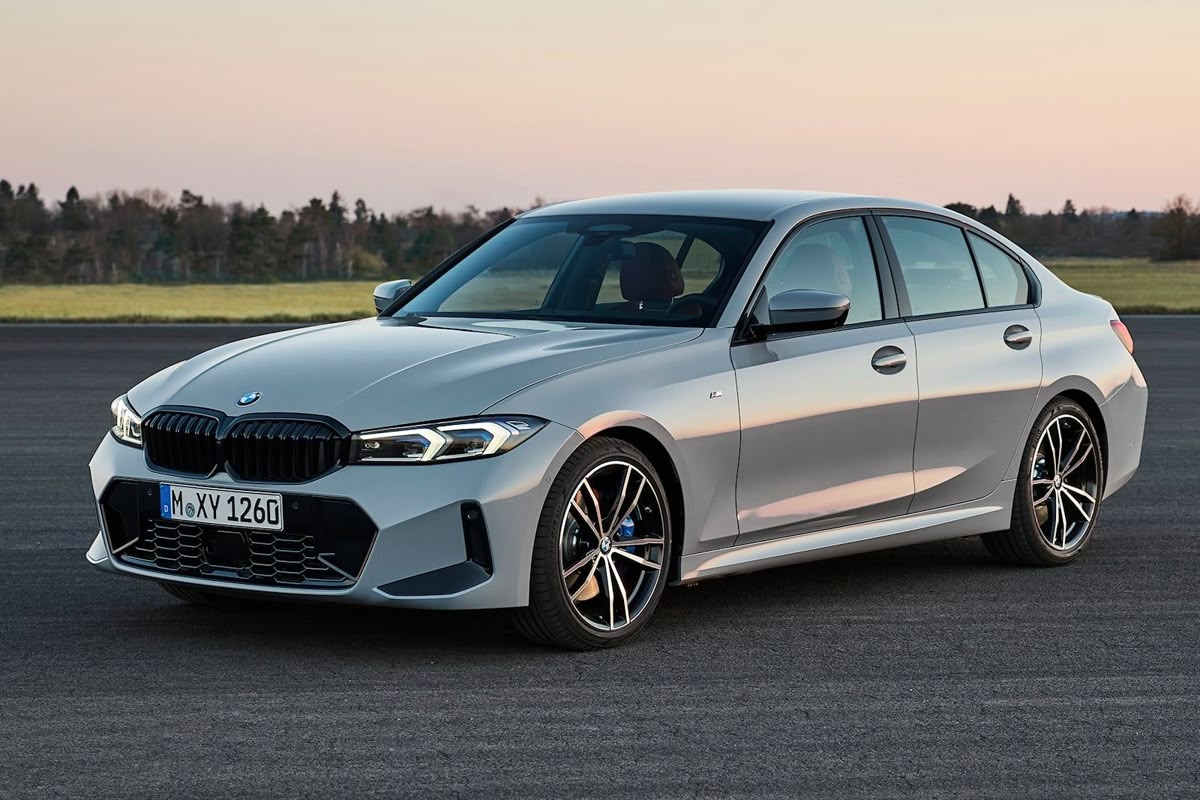BMW has long been synonymous with performance, luxury, and precision engineering. For decades, the brand has built vehicles that cater to driving enthusiasts and luxury seekers alike.
Known for their sleek styling, sharp handling, and innovative technology, BMWs are often viewed as dream machines. However, while some models continue to deliver exceptional performance and reliability well into high mileage, others may not hold up as well over time.
Issues such as complex electronics, turbo-related failures, and high maintenance costs can turn ownership into a headache for some models. Not all BMWs are created equal when it comes to long-term dependability.
Some age like fine wine—retaining their charm, performance, and drivability well beyond 100,000 miles—while others can become money pits. This blog will guide you through ten BMW models: five that have earned a reputation for aging gracefully and five that tend to show their flaws as the years go by.
Whether you’re a prospective buyer, a car enthusiast, or simply curious, understanding which BMWs stand the test of time (and which ones don’t) can save you from expensive surprises and help you make a more informed decision when shopping for a used BMW.
5 BMWs That Age Gracefully
These BMWs are celebrated not only for their initial appeal but also for their ability to stay reliable, stylish, and enjoyable well into old age. With proper maintenance, they offer dependable performance, minimal electronic gremlins, and a driving experience that feels premium even after years on the road.
ALSO READ: 5 Sedans With Best Throttle Response And 5 That Are Sluggish
1. BMW E46 3 Series (1999–2006)
The BMW E46 3 Series is widely regarded as one of the best BMWs ever built. Introduced in 1999, it struck a perfect balance between mechanical simplicity and driving sophistication.
Owners and enthusiasts praise its solid build quality, precise steering, and rear-wheel-drive handling, which made it a joy to drive. The E46’s design is timeless, and the car still looks modern on the road.
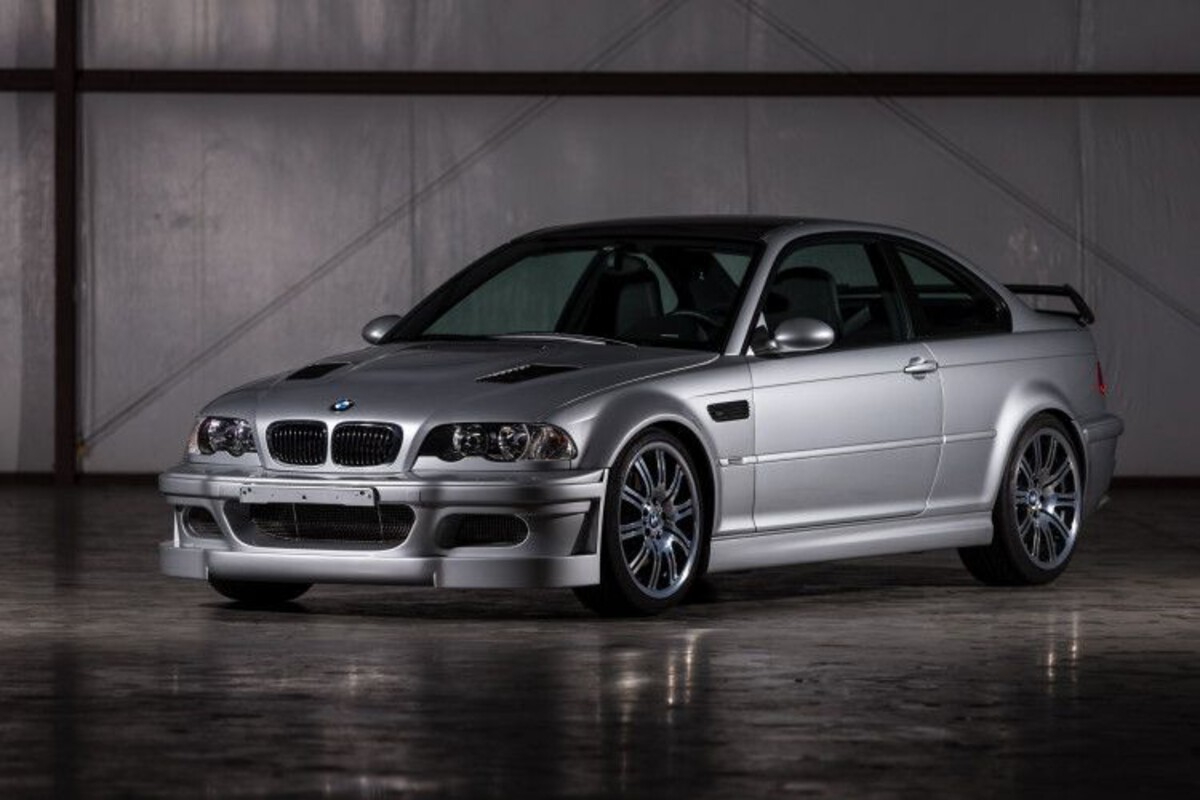
What truly sets the E46 apart is its longevity. With proper care, many of these cars easily surpass 200,000 miles. The engines, particularly the inline-six models like the M54, are known for their robustness.
Maintenance is relatively straightforward compared to newer BMWs, and parts availability remains strong thanks to a large aftermarket.
However, it’s not without issues. Cooling systems are a known weak point and should be proactively maintained. But these flaws are well-documented and easily manageable for DIYers and experienced mechanics alike.
Because of its classic styling, strong aftermarket support, and satisfying driving experience, the E46 has become a favorite among enthusiasts and collectors. For those seeking a BMW that ages with grace and charm, the E46 is a prime example of a model that lives up to its reputation well into its golden years.
2. BMW E39 5 Series (1995–2003)
The E39 5 Series is often hailed as the pinnacle of BMW engineering. It masterfully blends executive-level luxury with sporty handling and rock-solid reliability. From the 528i to the legendary M5, every version of the E39 was built to a standard that BMW hasn’t quite replicated since.

The E39’s appeal lies in its perfect chassis balance and bulletproof engines—especially the M54 inline-six and M62 V8. The cabin materials are high quality, the design is understated but elegant, and the driving dynamics are superb. Even today, the E39 feels planted and responsive, offering a refined ride that rivals newer sedans.
With good care, E39s routinely pass the 250,000-mile mark. The build quality of this generation is evident in everything from the door thunk to the sturdy interior controls. While suspension components and cooling systems will need occasional attention, most issues are predictable and manageable.
What makes the E39 age so gracefully is its mix of old-school BMW mechanical simplicity with just enough modern technology to remain convenient. It doesn’t overwhelm with electronics, making it a practical long-term choice. If you’re after a timeless BMW that delivers satisfaction for decades, the E39 remains one of the best the brand has ever offered.
3. BMW E82 128i Coupe (2008–2013)
While the E82 1 Series doesn’t always get the spotlight, the 128i is a hidden gem. It offers the pure BMW driving experience in a compact package, making it one of the most enjoyable and reliable BMWs of the modern era. The 128i is powered by the naturally aspirated N52 3.0L inline-six, an engine known for its durability and minimal issues.
Unlike its turbocharged sibling, the 135i, the 128i avoids many of the long-term maintenance pitfalls associated with forced induction and high-strung components.
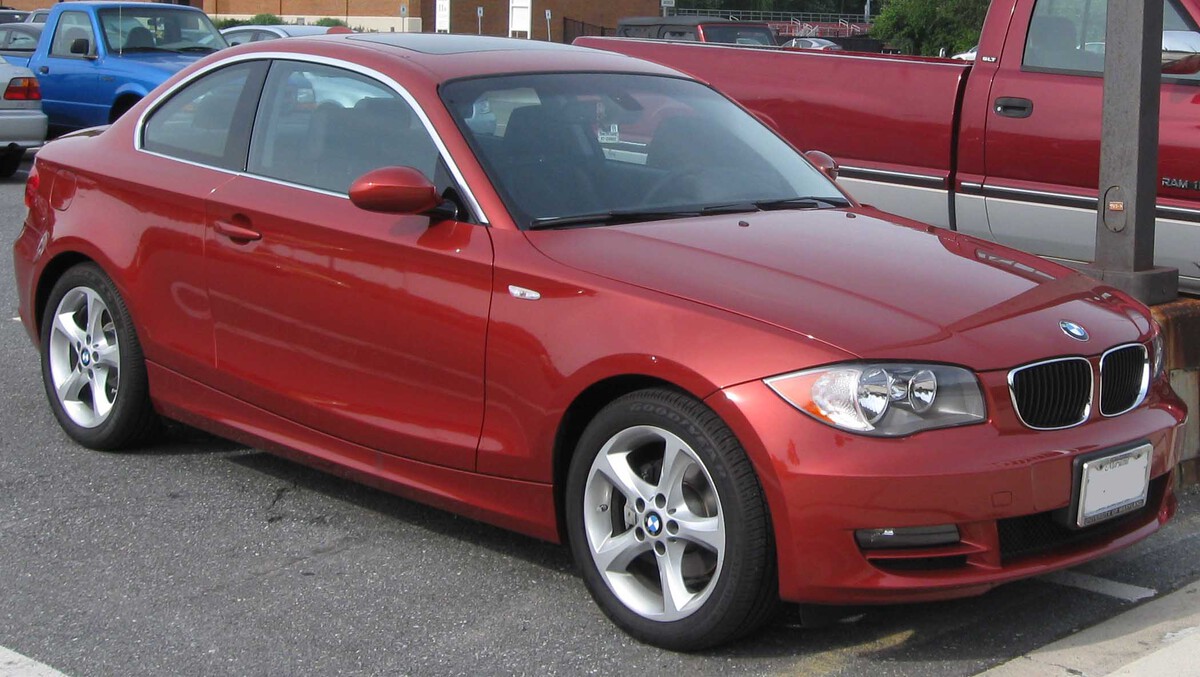
Owners frequently report driving these cars well past 150,000 miles with very few issues outside of standard wear and tear. With a simple rear-wheel-drive setup and balanced chassis, the car handles like a classic BMW—precise, direct, and engaging.
The E82’s interior is practical and holds up well over time, and the minimalistic design means fewer electronic failures. It’s also relatively light and compact, which adds to its longevity by reducing mechanical strain.
For buyers who want a fun, dependable, and affordable BMW that won’t become a maintenance nightmare, the 128i stands out. Its blend of old-school driving dynamics with modern safety makes it one of the most rewarding and gracefully aging BMWs in recent history.
4. BMW F30 328i (2012–2018)
The F30 328i marked a shift in BMW’s direction toward efficiency and modernity. It introduced the turbocharged 2.0L four-cylinder N20 engine, which, while not as soul-stirring as previous inline-sixes, has proven to be impressively durable with routine maintenance. It also features a refined eight-speed automatic transmission and a sleek, tech-forward design.
What makes the F30 328i age gracefully is its combination of modern features and manageable maintenance.
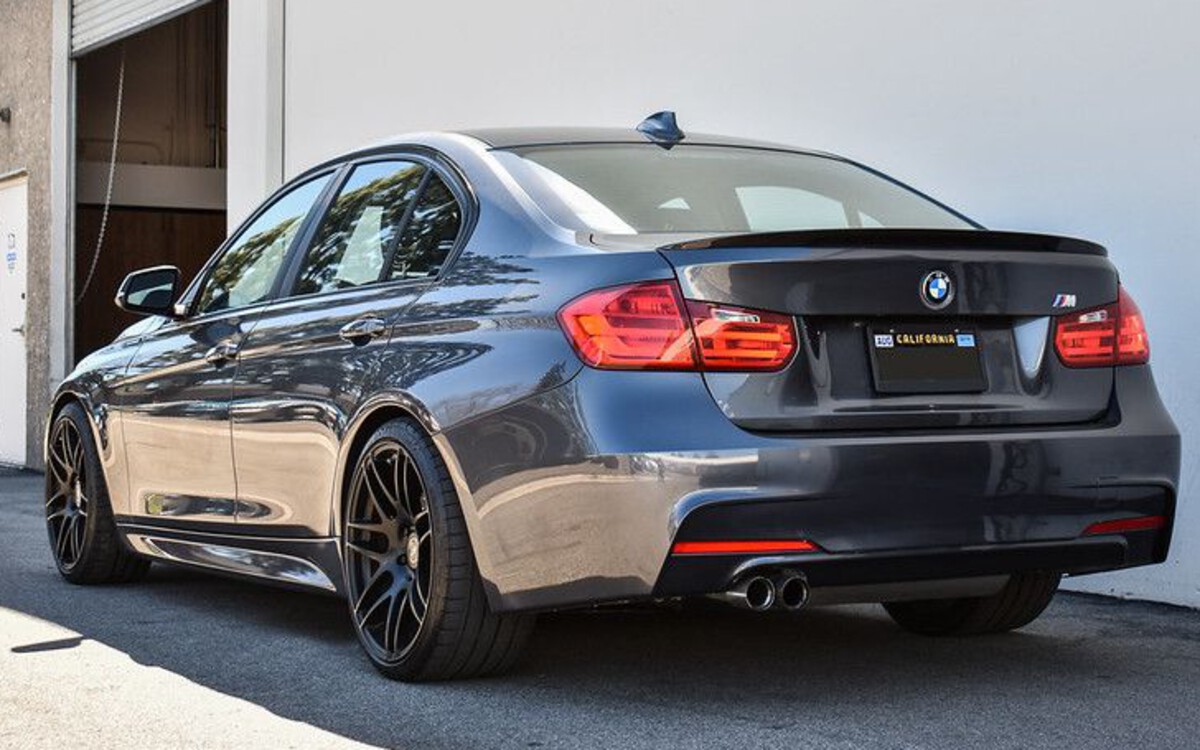
The N20 engine, when serviced regularly—especially with timely oil changes and cooling system checks—can reach well over 150,000 miles. The car’s build quality is solid, and interior materials resist wear better than earlier generations.
The F30 is also packed with safety features and creature comforts that keep it feeling fresh even as it ages. Its relatively conservative design hasn’t aged poorly either, giving it a sophisticated look years later.
Common issues like timing chain tensioners and valve cover leaks are now well-documented, and preventive maintenance goes a long way in keeping the car reliable. For those looking for a modern BMW that doesn’t break the bank and ages with dignity, the F30 328i represents an excellent middle ground between old-school feel and modern practicality.
5. BMW E90 330i (2006–2007)
The BMW E90 330i, produced for just a brief period, is another BMW that ages remarkably well—especially when equipped with the N52 engine. This 3.0L naturally aspirated inline-six is often cited as one of BMW’s most reliable modern engines, offering both performance and longevity.
What sets the E90 330i apart is its minimal reliance on turbos or high-stress components. This simplicity means fewer things to go wrong over time. The engine delivers a healthy 255 horsepower and is paired with a smooth manual or automatic transmission. It offers the perfect balance of power, refinement, and driver engagement.
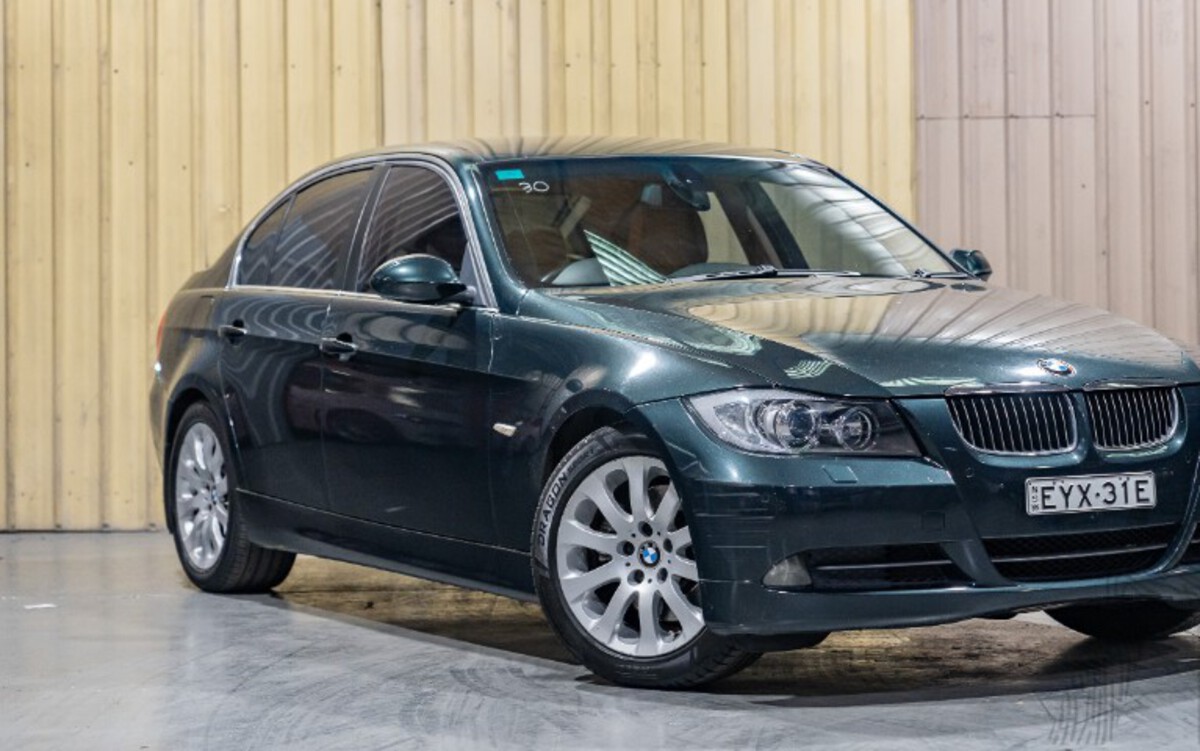
Interior materials are solid, and the chassis remains tight even after years of use. While electronic components in E90s can sometimes act up, the 330i is among the more dependable trims in the lineup. Cooling system components like the water pump and thermostat should be replaced as preventive measures, but aside from that, ownership costs are reasonable.
With regular maintenance and attention to known weak points, the E90 330i can easily exceed 200,000 miles. It continues to be a favorite among BMW purists who want a refined, engaging, and durable daily driver that holds up well over time.
5 BMWs That Don’t Age Gracefully
Despite their initial appeal, some BMWs develop serious reliability issues as they age. From turbocharger failures to complex electronics and engine problems, these models often become costly burdens. Below are five BMWs that tend to suffer with time, turning what seemed like a dream car into a maintenance nightmare.
ALSO READ: 5 Pickups With Best Spray-in Bedliners And 5 With Rust-prone Beds
6. BMW E60 535i (2008–2010)
The E60 535i looks attractive on paper—turbocharged performance, luxurious features, and a sporty chassis. But under the hood lies the infamous N54 engine, which, despite its performance capabilities, is plagued with long-term issues. Owners frequently report problems with high-pressure fuel pumps (HPFP), turbo wastegate rattle, injectors, and carbon buildup.
While enthusiasts love tuning the N54, the cost of ownership skyrockets as the car ages. Even basic maintenance becomes expensive due to tight engine bays and labor-intensive repairs. Electronics in the E60 are also notoriously finicky, with iDrive failures and sensor malfunctions being common complaints.
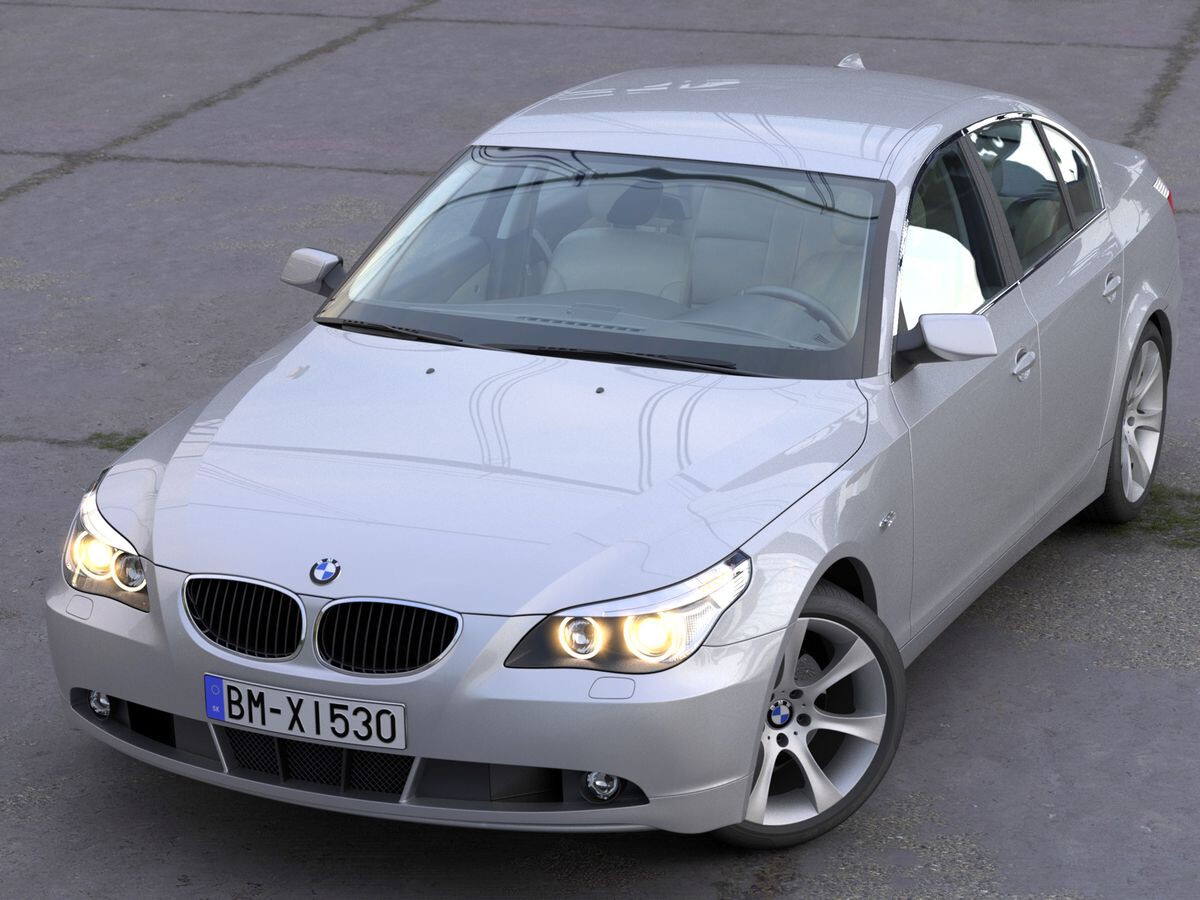
Interior build quality doesn’t hold up particularly well either, especially in higher-mileage examples. This generation of the 5 Series often looks and feels more worn than older models with less mileage. Combine this with high maintenance costs and frequent shop visits, and the E60 535i becomes more trouble than it’s worth for many owners.
If you’re not prepared to deal with the laundry list of common issues or shell out significant money for maintenance, the E60 535i is a BMW that will leave you stranded rather than satisfied. It’s a cautionary tale of how performance-focused engineering can sometimes undermine long-term dependability.
7. BMW X5 (E70, 2007–2013)
The second-generation BMW X5 (E70) was a major step forward in terms of technology and luxury, but it came with a hefty reliability price. This model is notorious for aging poorly, with numerous mechanical and electrical issues that arise as it racks up miles.
The most problematic versions are the 4.8i and diesel variants. Engine issues such as valve stem seal failures, timing chain problems, and high oil consumption are common. The automatic transmissions are also known for early failures, often requiring expensive replacements or rebuilds.
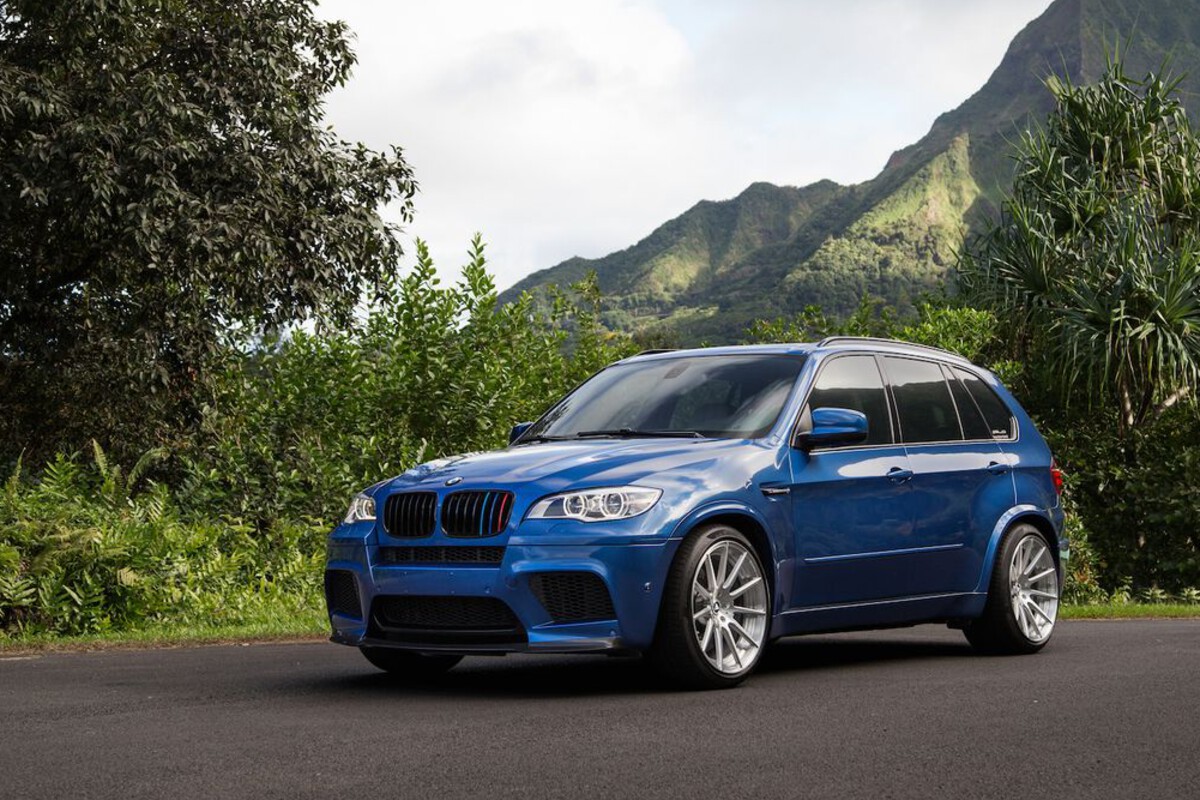
Air suspension components, commonly found in higher trims, are prone to leaking and failing—resulting in sagging ride height and harsh driving conditions.
The E70’s interior may look upscale, but it suffers from premature wear and malfunctioning electronic systems. iDrive glitches, navigation failures, and power seat issues become common after 100,000 miles. Even basic repairs tend to be complex due to poor accessibility in the engine bay.
While the X5 offers a commanding road presence and impressive luxury features, its long-term ownership costs and reliability concerns make it a risky investment. Without meticulous upkeep, this SUV transforms from premium performer to a financial burden—one that often finds itself in the shop rather than on the road.
8. BMW 7 Series (F01, 2009–2015)
The F01 7 Series is BMW’s luxury flagship, offering advanced tech and serene comfort. However, that opulence comes at the cost of complexity—and poor aging. As these cars age, their technology-heavy nature begins to work against them, turning ownership into a costly and frustrating experience.
The engines, especially the twin-turbocharged V8 (N63), suffer from chronic reliability issues including timing chain wear, valve stem seal leaks, and fuel injector failures. BMW even launched a Customer Care Package (service recall) for the N63 due to widespread issues. Cooling systems and battery drain problems are also prevalent.
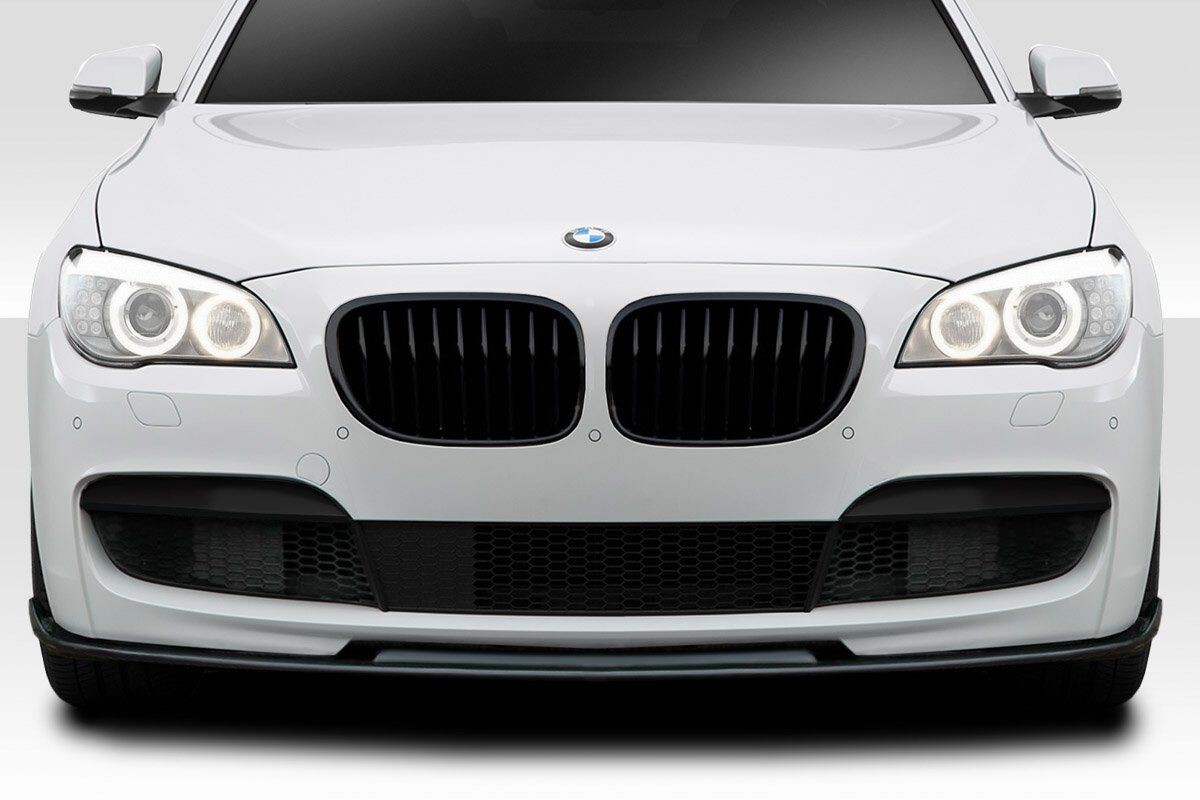
Inside, the F01 dazzles with gadgets, but many become liabilities. Air suspension components, electronic seat modules, infotainment systems, and soft-close door mechanisms frequently fail as the car ages. Replacing or repairing these features is often cost-prohibitive, and many independent shops struggle with the complexity of diagnosing problems.
Even when well-maintained, the resale value of the F01 drops sharply due to these known reliability concerns. What was once a $90,000 luxury car can become a depreciating, maintenance-intensive money pit. For those considering a used 7 Series from this era, caution is strongly advised unless a comprehensive service history and warranty are included.
9. BMW 535i GT (F07, 2010–2017)
The 5 Series Gran Turismo (GT) was BMW’s attempt to blend sedan comfort with SUV practicality. While it delivers a plush ride and lots of space, the execution—and long-term reliability—left much to be desired. Owners frequently cite this model as one of the most problematic BMWs in terms of durability and aging.
Under the hood, many GTs are equipped with the N55 turbocharged inline-six, which, while more reliable than the N54, still has recurring issues like leaky valve covers, oil filter housing gaskets, and occasional fuel injector problems. The real problem, however, lies in the F07’s electronics and suspension.
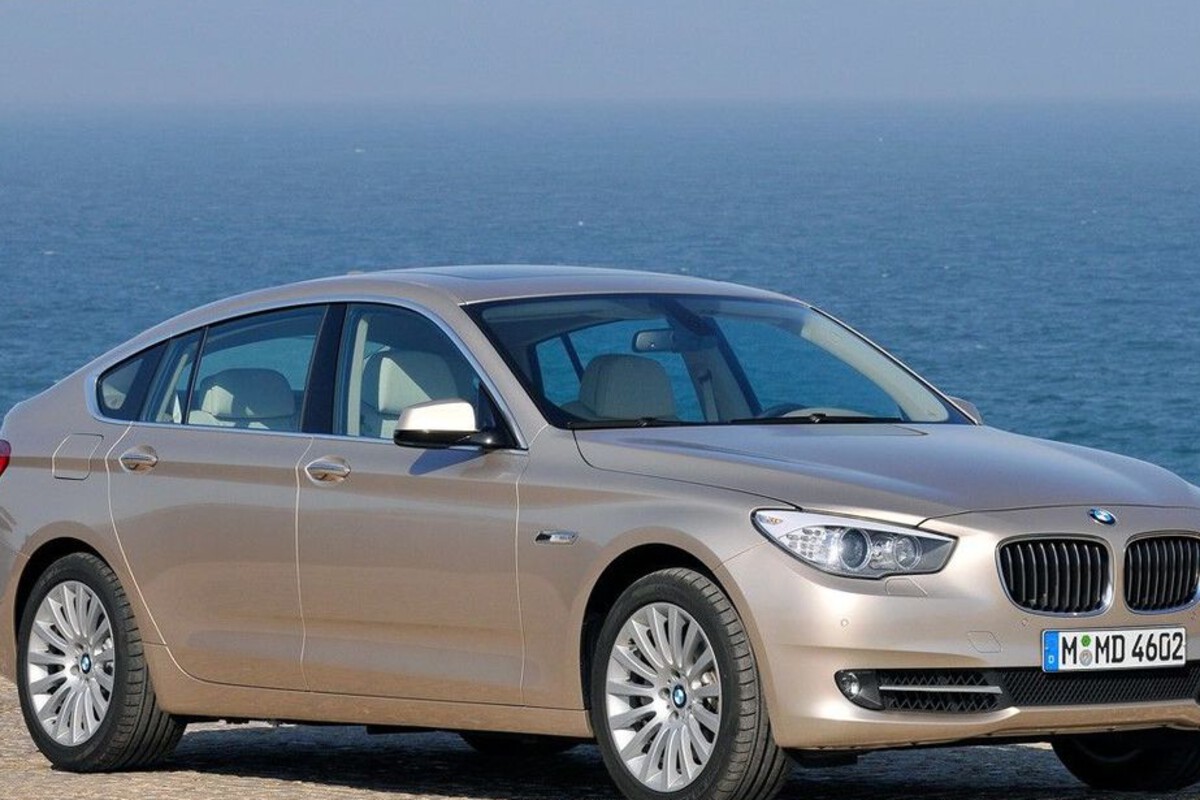
The GT’s electronic tailgate, adaptive air suspension, and numerous sensors begin to falter after 80,000 miles. Electrical gremlins become a regular annoyance, from failing infotainment displays to malfunctioning cameras and blind-spot monitors. Repairs are not only expensive but often require BMW-specific diagnostics.
Stylistically, the 5 Series GT didn’t age well either. Its odd proportions and less-than-elegant design have hurt resale value. Combine that with high repair costs, and many owners regret choosing this model over a traditional sedan or SUV.
In short, while the GT offers initial comfort and luxury, its reliability record and awkward styling make it one of the BMWs best avoided on the used market.
10. BMW X6 (E71, 2008–2014)
The BMW X6 debuted as a bold and aggressive “Sports Activity Coupe,” offering the performance of an SUV with the style of a coupe. However, it’s one of those vehicles where style significantly outweighed substance—especially when it comes to aging.
The E71 generation X6 suffers from nearly every common BMW pitfall: problematic electronics, oil leaks, engine failures, and expensive suspension repairs. The V8-powered xDrive50i and M variants are the worst offenders, largely due to the notorious N63 engine. Common issues include oil consumption, overheating, and turbocharger failures—often before reaching 100,000 miles.
The coupe-like roofline also compromises rear headroom and cargo space, without delivering the sporty handling it promises.
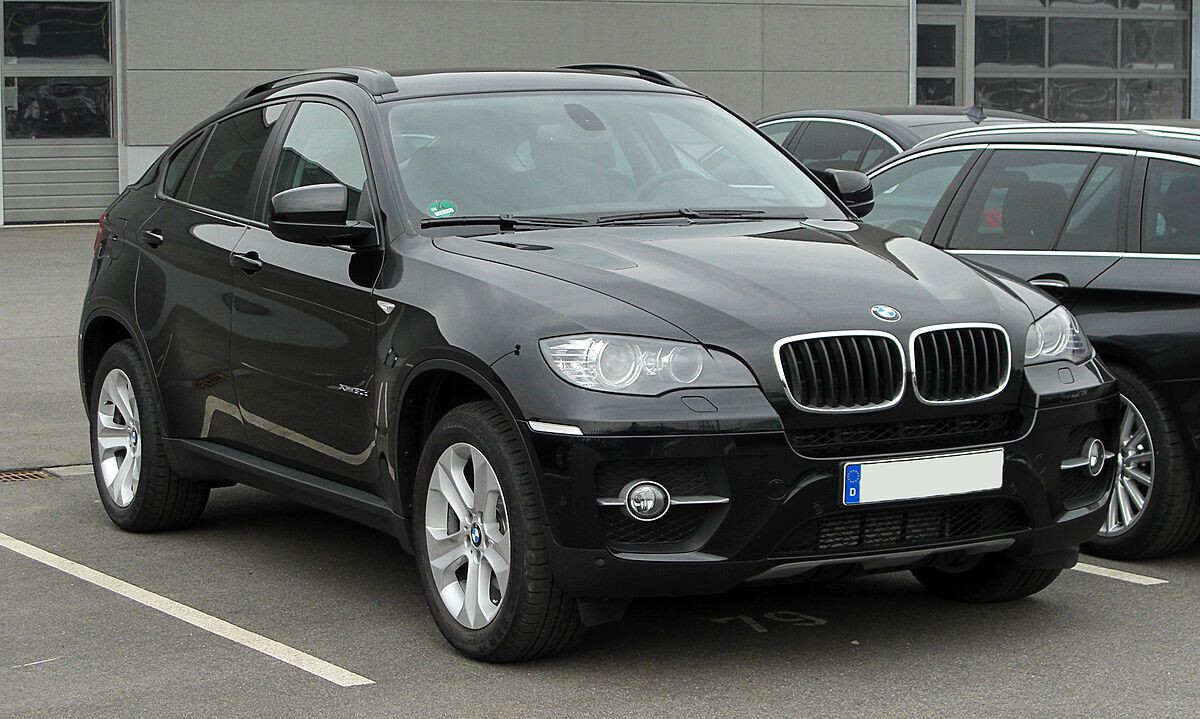
As it ages, the air suspension frequently fails, leading to costly replacements. Moreover, the high-tech features packed into the cabin, such as heads-up displays and adaptive cruise control, tend to malfunction as the vehicle hits higher mileage.
Combine all these factors with expensive repair costs, poor fuel economy, and low resale value, and the X6 becomes a vehicle that few are happy to own long-term. Its bold appearance might still turn heads, but beneath the surface lies a car that doesn’t wear the years well.
BMWs have always stood for driving excitement, luxury, and status. But when it comes to long-term ownership, not all models are created equal. While some BMWs—like the E46 3 Series, E39 5 Series, and E82 128i—prove themselves to be dependable and rewarding companions over time, others like the E60 535i or X6 quickly become sources of frustration and financial strain.
The key takeaway is that buying a BMW, especially a used one, requires careful research and an understanding of each model’s specific strengths and weaknesses. Many of the models that age gracefully share similar traits: reliable naturally aspirated engines, fewer complex electronics, and strong community support for maintenance. On the flip side, the models that age poorly tend to be over-engineered, turbocharged, or packed with unreliable tech that deteriorates faster than expected.
If you’re considering a used BMW, go in with your eyes open. A well-maintained, properly chosen model can bring immense driving pleasure and pride of ownership. But pick the wrong one, and you may find yourself stranded on the side of the road with a hefty repair bill in hand. Choose wisely, and your BMW experience can be as enduring as it is exhilarating.

